Home>Articles>How To Store Tupperwares Using Marie Kondo Techniques
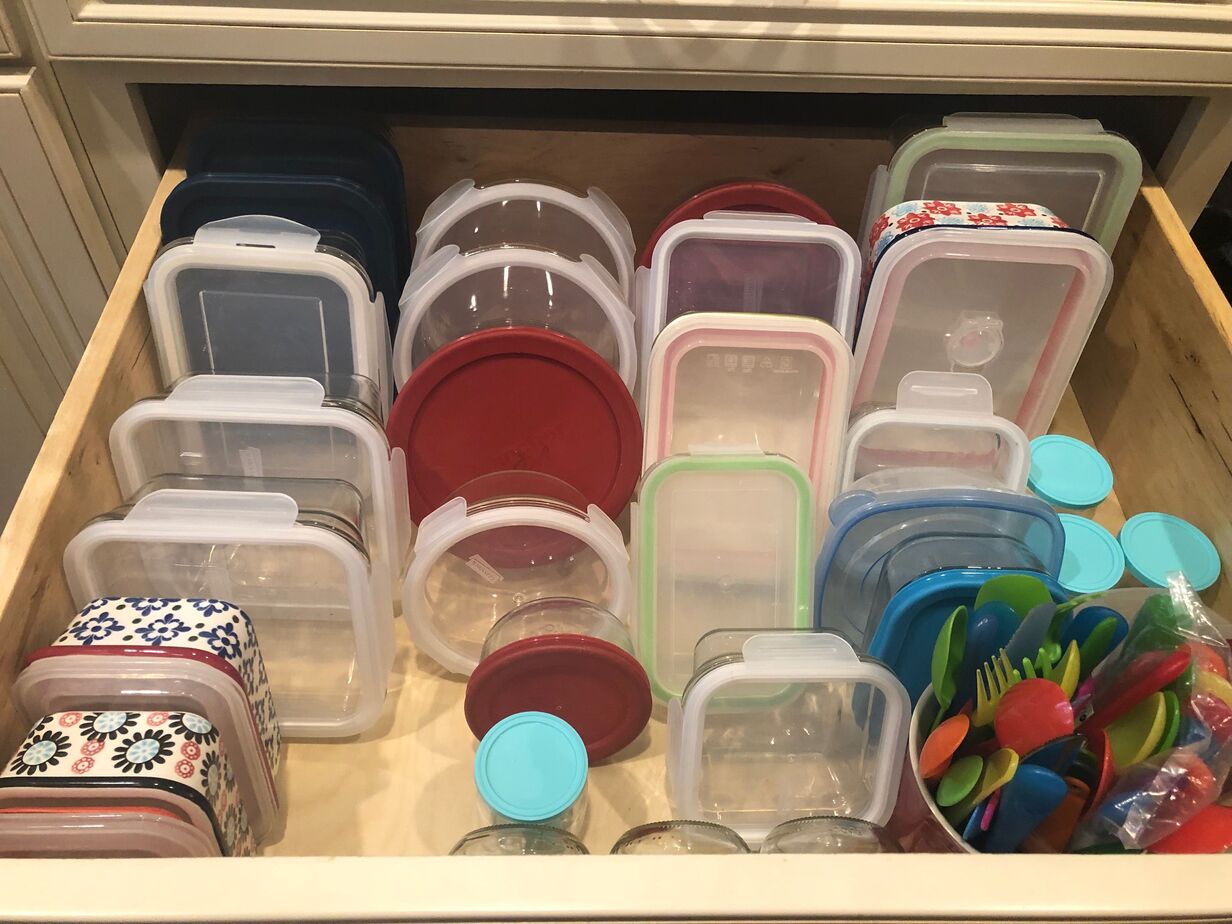

Articles
How To Store Tupperwares Using Marie Kondo Techniques
Modified: March 25, 2024
Discover practical tips on how to effectively store Tupperware and embrace the Marie Kondo method in this informative articles.
(Many of the links in this article redirect to a specific reviewed product. Your purchase of these products through affiliate links helps to generate commission for Storables.com, at no extra cost. Learn more)
Introduction
Welcome to the world of Tupperware organization and storage! If you’re tired of rummaging through a jumble of mismatched lids and containers every time you need to pack a lunch or store leftovers, it’s time to take control of your Tupperware collection. In this article, we’ll explore the art of organizing and storing Tupperware in a Marie Kondo-inspired way.
Marie Kondo, the renowned Japanese organizing consultant, has revolutionized the way we think about tidying up and decluttering our homes. Her guiding principle is to keep only those items that truly spark joy in our lives. While Tupperware may not exactly spark joy on its own, having an organized and functional system for storing it can bring a sense of calm and efficiency to your kitchen.
Before diving into the process of organizing and storing your Tupperware, it’s important to start with a clean slate. Empty out your entire Tupperware collection onto your kitchen counter or dining table. Take a moment to assess what you have and get ready to make some tough decisions. It’s time to let go of those worn-out containers, lids without matches, and any Tupperware that you no longer use or need.
Once you’ve sorted through your Tupperware and eliminated what you no longer need, it’s time to move on to the next step: decluttering. Decluttering involves grouping similar items together, streamlining your collection, and removing any unnecessary clutter. Consider the different categories of Tupperware you have, such as food storage containers, lunch boxes, or specialty containers for specific purposes.
Once you have decluttered and grouped your Tupperware, it’s time to dive into the practicalities of organizing. One effective way to organize is by utilizing a drawer or cabinet specifically dedicated to Tupperware storage. This allows for easy access and keeps your Tupperware separate from other kitchen items.
Key Points:
- Start with a clean slate by emptying out your entire Tupperware collection.
- Declutter your collection by getting rid of worn-out containers and lids without matches.
- Group your Tupperware into categories like food storage containers, lunch boxes, etc.
- Dedicate a drawer or cabinet specifically for Tupperware storage.
In the next sections, we’ll dive deeper into the process of decluttering, organizing, and storing your Tupperware collection. Get ready to transform your kitchen into a space of order and tranquility.
Key Takeaways:
- Transform your Tupperware collection into an organized oasis by sorting, decluttering, and organizing based on Marie Kondo’s principles. Say goodbye to chaos and hello to stress-free meal prep!
- Maximize space and accessibility by storing your Tupperware with nesting, shelf organizers, and cabinet door utilization. Embrace an efficient and visually appealing kitchen with these storage tips.
Sorting Tupperware
Sorting your Tupperware is an essential step in the organization process. It allows you to assess what you have and identify any items that need to be discarded or replaced. Here are some tips to help you sort your Tupperware effectively:
1. Empty the Tupperware: Start by emptying all your Tupperware onto a clean and spacious surface. This will give you a clear view of your collection and make it easier to sort through.
2. Match lids with containers: Begin by matching the lids with their corresponding containers. If you have lids without matches or containers without lids, set them aside for now. We will address them later.
3. Group by size and shape: Once you have matched all the lids and containers, group them together based on their size and shape. This will make it easier to find the right container for your needs later on.
4. Assess the condition: Take a close look at each Tupperware piece and assess its condition. Discard any items that are cracked, warped, or no longer safe to use. It’s important to prioritize functionality and safety when sorting your Tupperware.
5. Evaluate usage: Consider the frequency with which you use each piece of Tupperware. If you have items that you haven’t used in months or years, it may be time to let them go. Donating or giving away Tupperware that is still in good condition can help someone else and free up space in your kitchen.
6. Address lids and containers without matches: If you have lids without matches or containers without lids, take some time to assess if they can be repurposed in any way. For example, a container without a lid can be used as a makeshift serving dish or for organizing small items in your pantry.
7. Minimize duplicates: If you have multiple pieces of the same size and shape, consider keeping only the ones you use most frequently. Minimizing duplicates will free up space and make it easier to keep your Tupperware collection organized.
By following these sorting tips, you’ll be able to streamline your Tupperware collection and create a more functional and efficient storage system. Let’s move on to the next step: decluttering.
Decluttering Tupperware
Decluttering your Tupperware collection is an important step to create a more organized and efficient kitchen. By letting go of unnecessary items, you’ll free up space and make it easier to find the Tupperware you need. Here are some decluttering tips:
1. Assess usability: Take a close look at each piece of Tupperware and ask yourself if you actually use it. If you have containers that have been sitting idle for months or years, it’s time to let them go. Keeping only the Tupperware you use regularly will minimize clutter and streamline your collection.
2. Eliminate duplicates: Do you have multiple containers that serve the same purpose? Consider keeping only one or two of each size or shape. Duplicates only take up unnecessary space and add to the clutter.
3. Evaluate condition: Cracked, stained, or warped Tupperware should be discarded. These items not only take up space but may also be unsafe to use. Prioritize keeping Tupperware that is in good condition and functions properly.
4. Let go of lids without matches: Lids without matching containers can be frustrating and take up unnecessary space. If you’ve been holding onto lids with no matches in hopes of finding the container someday, it’s time to let them go. Releasing these mismatched lids will create more space for usable Tupperware.
5. Consider repurposing: If you have containers without lids or vice versa, consider repurposing them for other storage needs. A container without a lid can be used to organize small items like spices, office supplies, or craft materials. Get creative and find alternative ways to use these mismatched pieces.
6. Donate or gift: Donating or gifting Tupperware that you no longer need is a great way to minimize waste and help others. If you have Tupperware in good condition that you don’t use anymore, consider donating it to a local charity or giving it to friends or family members who may have a use for it.
7. Streamline your collection: After going through the decluttering process, you should be left with a more streamlined collection of Tupperware. This will make it easier to find what you need and keep your kitchen organized in the long run.
Remember, the goal of decluttering is to create a Tupperware collection that is functional, efficient, and brings you joy. Let go of items that no longer serve a purpose in your life and embrace a clutter-free kitchen.
Now that you’ve decluttered your Tupperware, it’s time to focus on the next step: organizing it in a way that maximizes space and accessibility.
When storing Tupperware, Marie Kondo recommends organizing containers by size and shape, using dividers or drawer organizers to keep them neat and easily accessible. This will help you maintain a clutter-free and organized kitchen.
Organizing Tupperware
Organizing your Tupperware is crucial for easy access, efficient use, and maintaining a clutter-free kitchen. By implementing Marie Kondo’s principles of organization, you can create a system that brings order and harmony to your Tupperware collection. Here are some tips for organizing Tupperware:
1. Group by type or category: Start by grouping your Tupperware into categories based on their type or purpose. For example, you can have separate groups for food storage containers, lunch containers, or specialty containers. This grouping will make it easier for you to find the specific Tupperware you need.
2. Utilize drawer dividers or bins: If you have a drawer designated for Tupperware storage, use drawer dividers or bins to separate the different groups of Tupperware. This will prevent them from getting mixed up and help maintain an organized and neat appearance.
3. Stackable storage: Invest in stackable storage options, such as nesting containers or stackable bins, to maximize space in your cabinets or drawers. Stackable Tupperware will make it easier to access and view all the options available without creating a cluttered mess.
4. Integrate vertical storage: Consider using vertical storage solutions, such as plate racks or lid organizers, to utilize vertical space in your cabinets. These organizers will keep your Tupperware lids standing upright and easily accessible, so you don’t have to dig through a pile to find the right one.
5. Label containers and lids: To make it even easier to find the Tupperware you need, consider labeling the containers and lids. You can use labels or markers to indicate the size, shape, or food category for each container. This way, you can quickly identify the right Tupperware for your specific needs.
6. Utilize clear containers: Clear containers or transparent bins are excellent options for organizing Tupperware. When everything is visible, you can easily see what you have and avoid the frustration of rummaging through a pile of containers to find the right one. Plus, clear containers give a neat and uniform appearance to your storage area.
7. Create a Tupperware cabinet: If you have a surplus of Tupperware, consider dedicating an entire cabinet for storage. Use bins, dividers, or adjustable shelves to create a specific space for your Tupperware collection. This dedicated cabinet will make it easier to keep everything organized and separate from other kitchen items.
By implementing these organization tips, you’ll be able to create an efficient and visually appealing system for your Tupperware collection. You’ll never have to search for a matching lid again or deal with a chaotic mess when storing your leftovers.
Now that your Tupperware is organized, let’s move on to the final step: storing it effectively to maximize space and ensure easy access.
Storing Tupperware
Proper storage of your Tupperware is essential to maintain its longevity, prevent damage, and make it easily accessible. By following these tips for storing Tupperware, you can maximize space and keep your collection organized:
1. Properly clean and dry: Before storing any Tupperware, ensure that it is thoroughly cleaned and dried. This prevents any food residue or moisture from causing mold or unwanted odors. Clean Tupperware also ensures that it is ready for immediate use whenever you need it.
2. Nesting containers: Take advantage of the nesting design of many Tupperware sets. Stack containers of the same shape and size inside each other to save space. Ensure that the lids are also stacked together in a separate section to prevent them from getting lost or damaged.
3. Utilize shelf organizers: Consider using shelf organizers or adjustable dividers in your cabinets or drawers. These organizers can help create designated spaces for your Tupperware collection, making it easier to find and access the containers you need.
4. Lid organization: Managing Tupperware lids can be challenging. To keep them organized, use a lid organizer or designate a specific section or bin for them. You can even use a small file holder to stand lids upright for easy access.
5. Utilize the cabinet door: Take advantage of the space on the inside of your cabinet doors. Use adhesive hooks or hanging racks to store lighter Tupperware items such as lids, small containers, or specialty pieces. This additional storage will free up valuable space inside the cabinets.
6. Consider drawer storage: If you have deep drawers, consider using them for Tupperware storage. Use dividers or small bins within the drawer to separate and organize different categories of Tupperware. This allows for easy visibility and accessibility when retrieving or putting away containers.
7. Avoid overcrowding: It’s essential to avoid overcrowding your storage space. Leave some breathing room between containers to prevent them from getting damaged or tangled. Overcrowding can also make it challenging to find and retrieve the specific Tupperware you need quickly.
8. Rotate containers: To ensure that all your Tupperware gets used regularly, practice rotating the containers during use. Take containers from the front or top of the stack and return them to the back or bottom after use. This way, you’ll prevent certain containers from being neglected or buried in the back of the storage space.
9. Utilize Tupperware-specific storage products: There are various storage products designed specifically for Tupperware organization. These can include stackable systems, drawer dividers, lid holders, or modular containers. Explore these options to find products that suit your needs and maximize the efficiency of your Tupperware storage.
By implementing these storage tips, you can create a functional and organized system for your Tupperware collection. You’ll enjoy easy access to your containers, know exactly where each item is located, and maintain the quality of your Tupperware for years to come.
With your Tupperware now properly stored, you’re well on your way to maintaining a clutter-free and efficient kitchen. Let the joy of an organized Tupperware collection spark joy in your life.
Is your Tupperware collection ready for a transformation? Start implementing these strategies today and enjoy the benefits of an organized and tidy kitchen.
Read more: How To Store Earrings by Marie Kondo
Conclusion
Congratulations! You have now learned the secrets of storing Tupperware in a Marie Kondo-inspired way. By following the steps of sorting, decluttering, organizing, and storing, you can transform your Tupperware collection into a well-organized and efficient system. Say goodbye to the frustration of searching for matching lids or dealing with a cluttered mess in your kitchen.
Remember, the key to successful Tupperware storage is to keep only what you truly use and love. Letting go of unnecessary items not only creates a sense of order but also allows you to appreciate the functional and joyful pieces in your collection.
Through sorting, you sorted through your Tupperware by matching lids with containers, grouping by size and shape, evaluating the condition, and decluttering what you no longer need. This process ensured that you have a streamlined collection of Tupperware that is functional and free from unnecessary clutter.
With organizing, you applied practical techniques such as grouping by type or category, utilizing drawer dividers or bins, and maximizing space with stackable storage and vertical storage solutions. By utilizing labels and clear containers, you can easily locate the Tupperware items you need, creating a visually appealing and organized storage system.
Lastly, with proper storage techniques, you ensured that your Tupperware remains clean, dry, and well-organized. By nesting containers, utilizing shelf organizers and cabinet doors, and avoiding overcrowding, you have maximized the space available and kept your Tupperware easily accessible.
By implementing these strategies, your Tupperware collection is now a source of joy and efficiency in your kitchen. No more searching for the right lid or dealing with a jumble of containers. Enjoy the ease and convenience of a well-organized Tupperware collection.
Take a moment to appreciate the transformation you have made. Not only have you decluttered and organized your Tupperware, but you have also embraced the principles of Marie Kondo and created a space that brings you joy.
Now it’s time to sit back, relax, and enjoy the benefits of an organized and efficient kitchen. Say hello to stress-free meal prep, easy leftovers storage, and a visually pleasing Tupperware collection.
Remember, maintaining the organization of your Tupperware is an ongoing process. Take a few minutes every now and then to assess and reassess your collection, ensuring that it remains streamlined and clutter-free.
Thank you for joining us on this Tupperware organization journey. Happy cooking, storing, and enjoying the benefits of an organized kitchen!
Frequently Asked Questions about How To Store Tupperwares Using Marie Kondo Techniques
Was this page helpful?
At Storables.com, we guarantee accurate and reliable information. Our content, validated by Expert Board Contributors, is crafted following stringent Editorial Policies. We're committed to providing you with well-researched, expert-backed insights for all your informational needs.
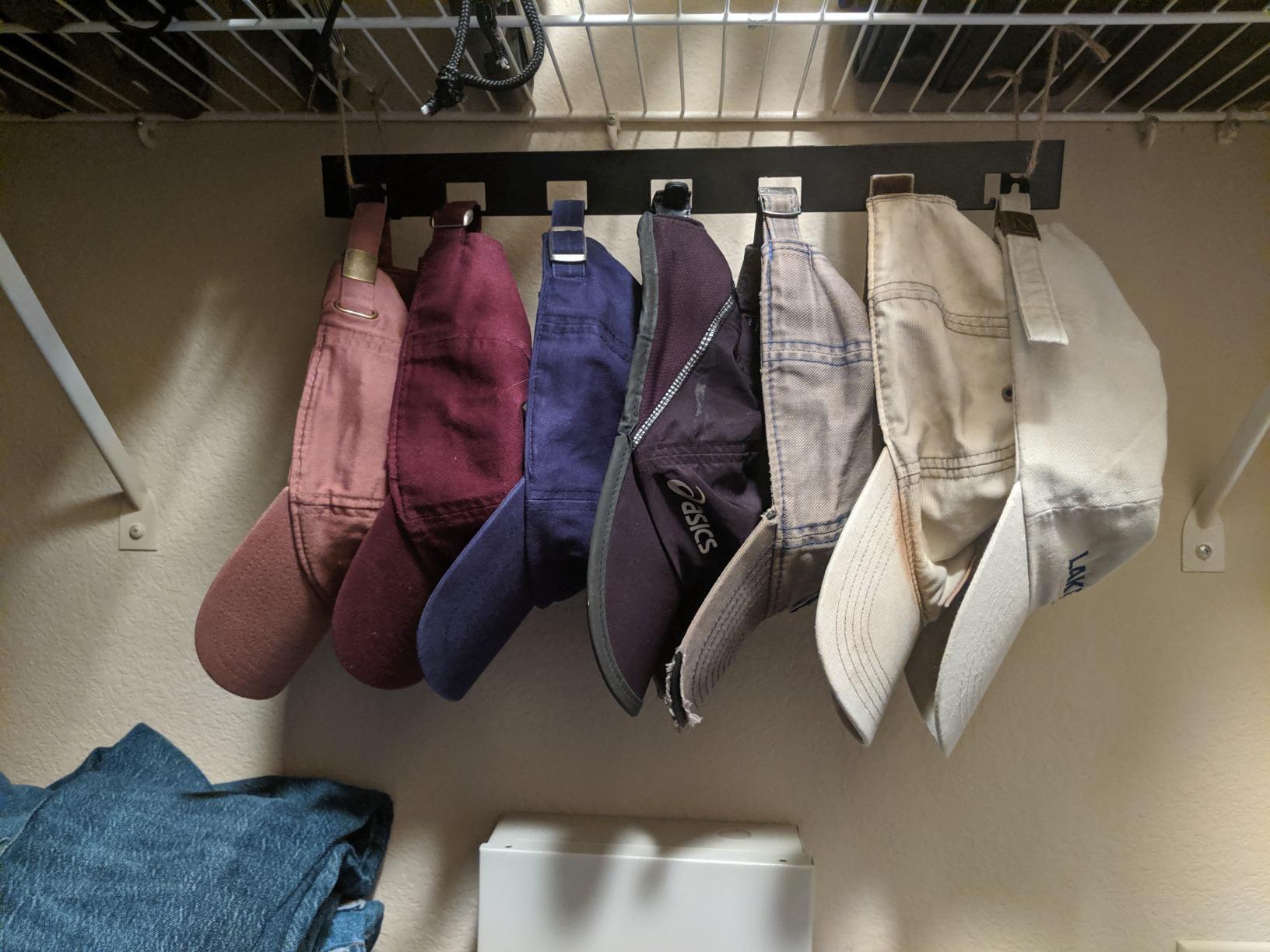
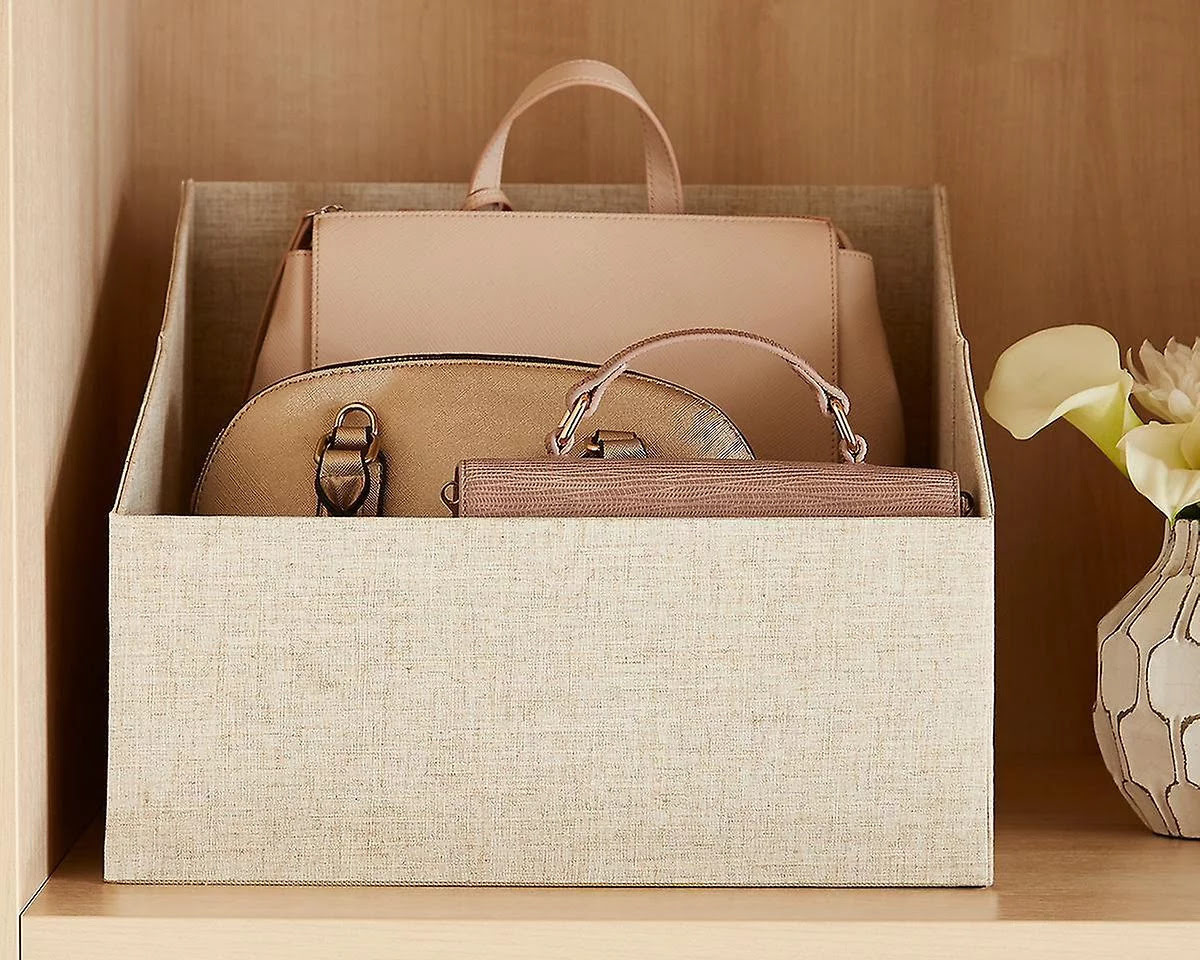
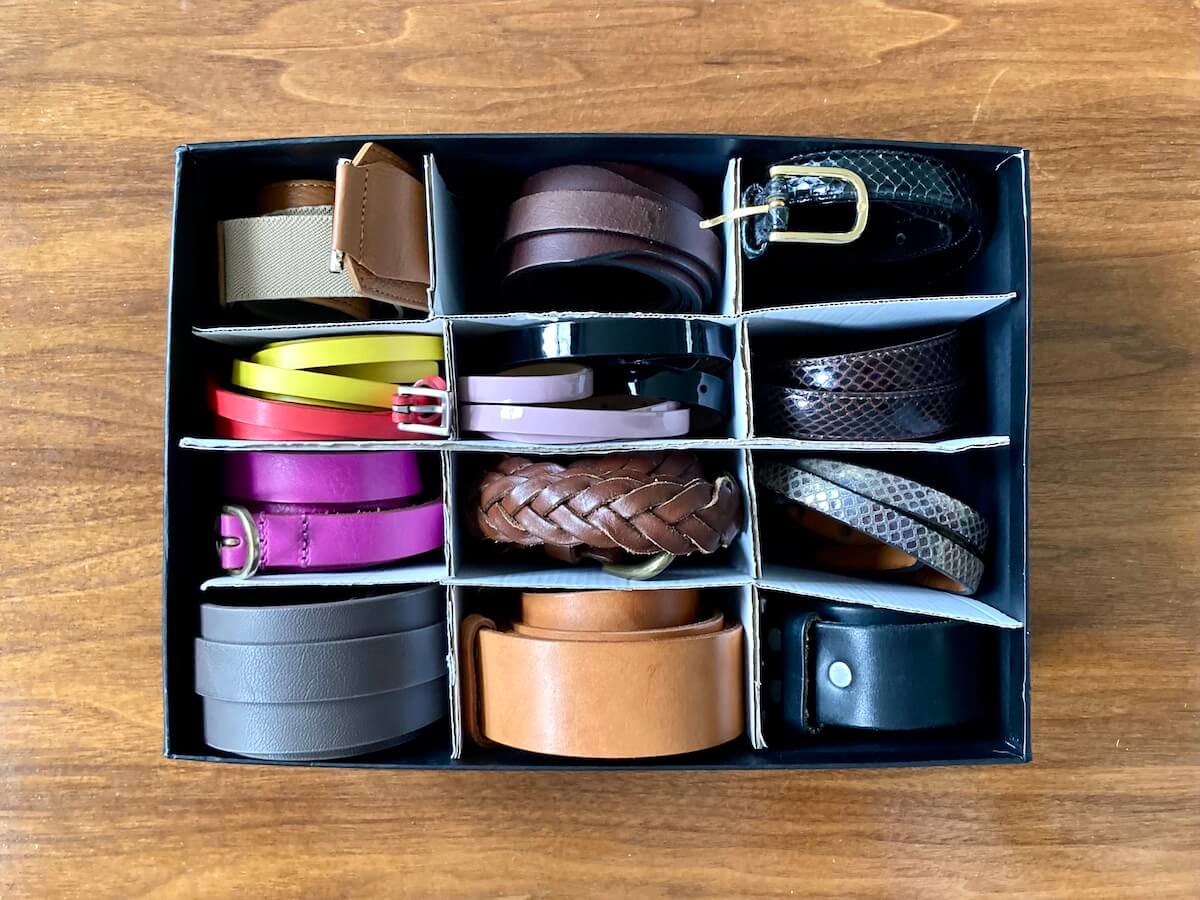
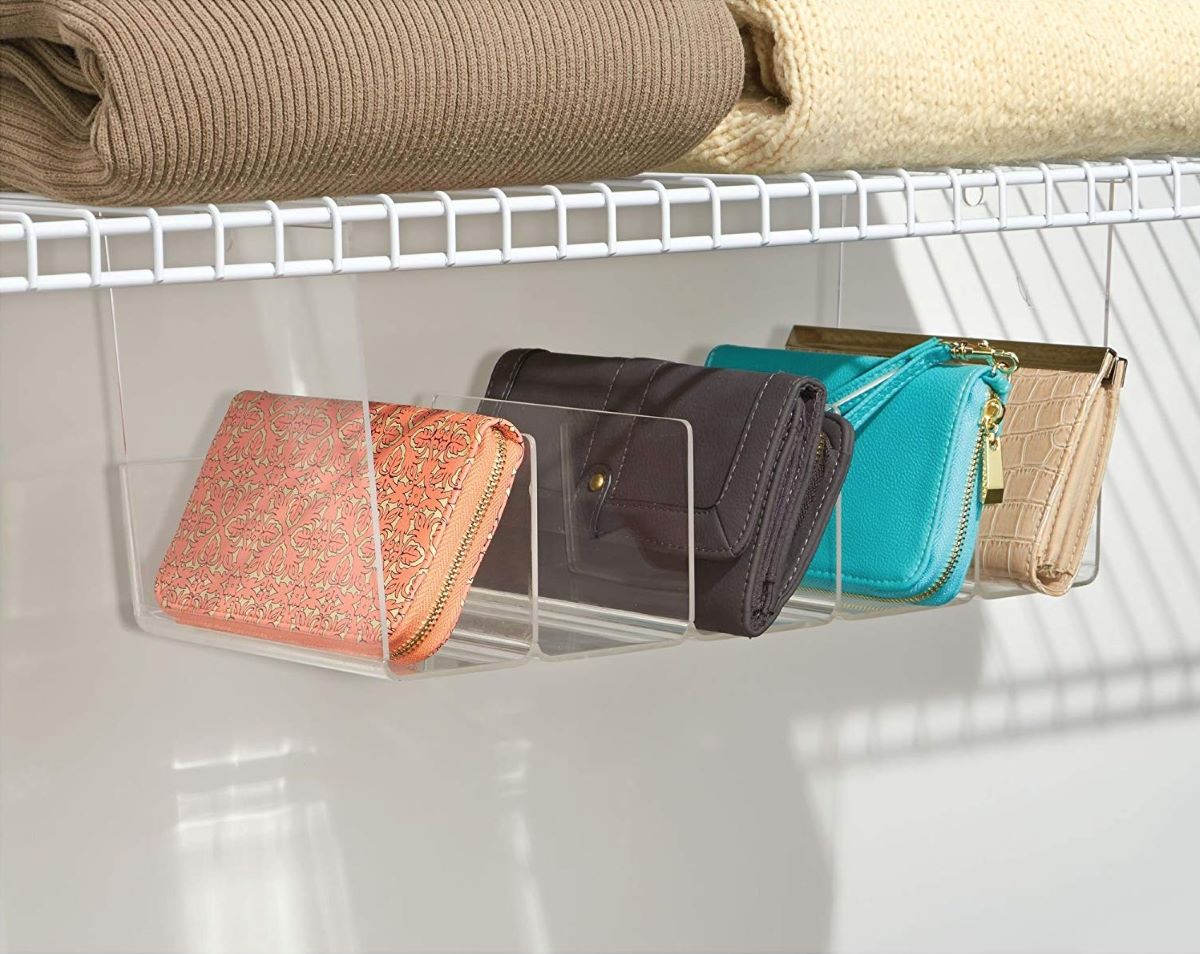
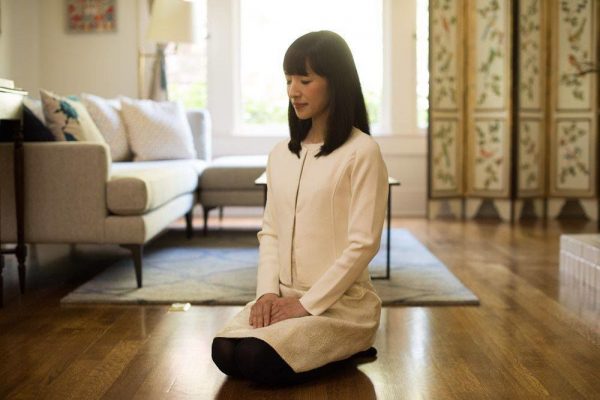



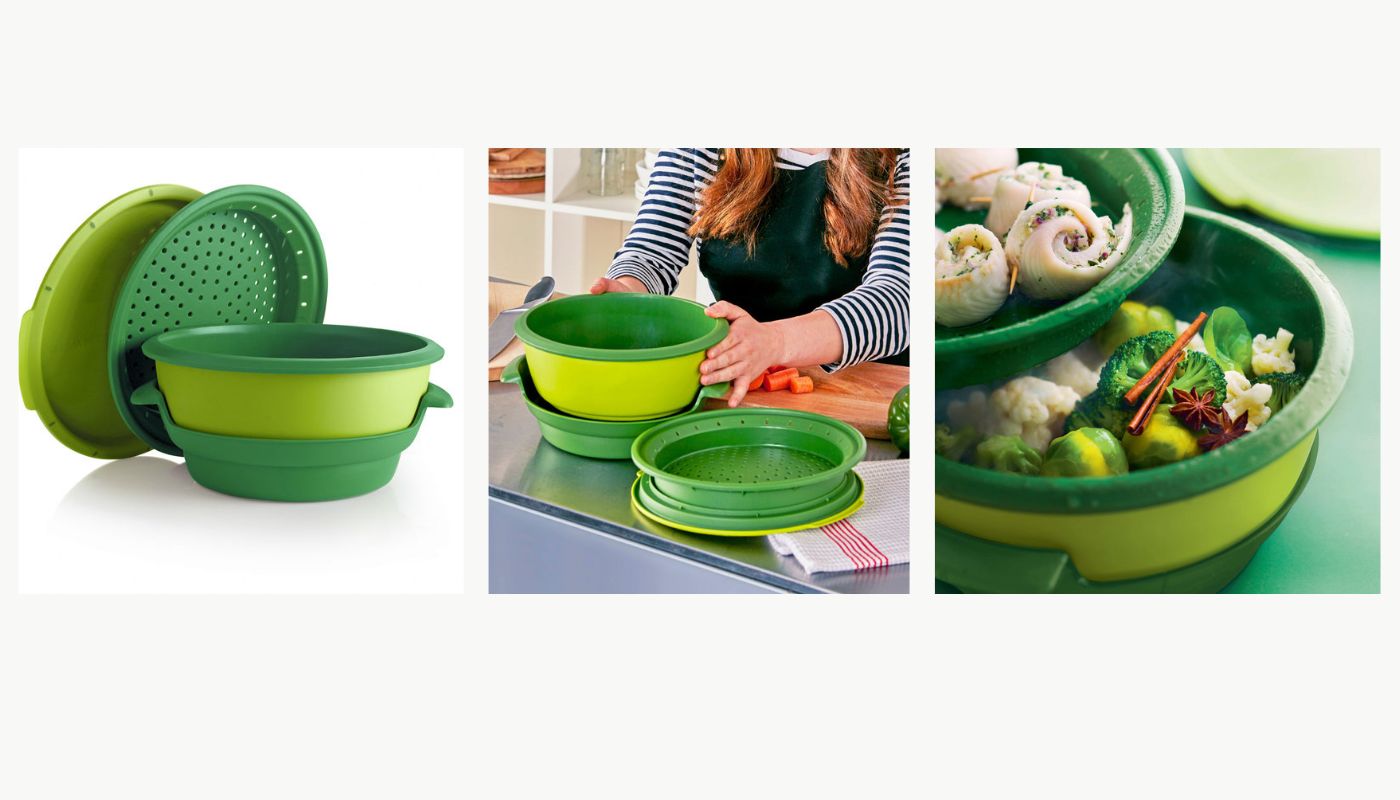
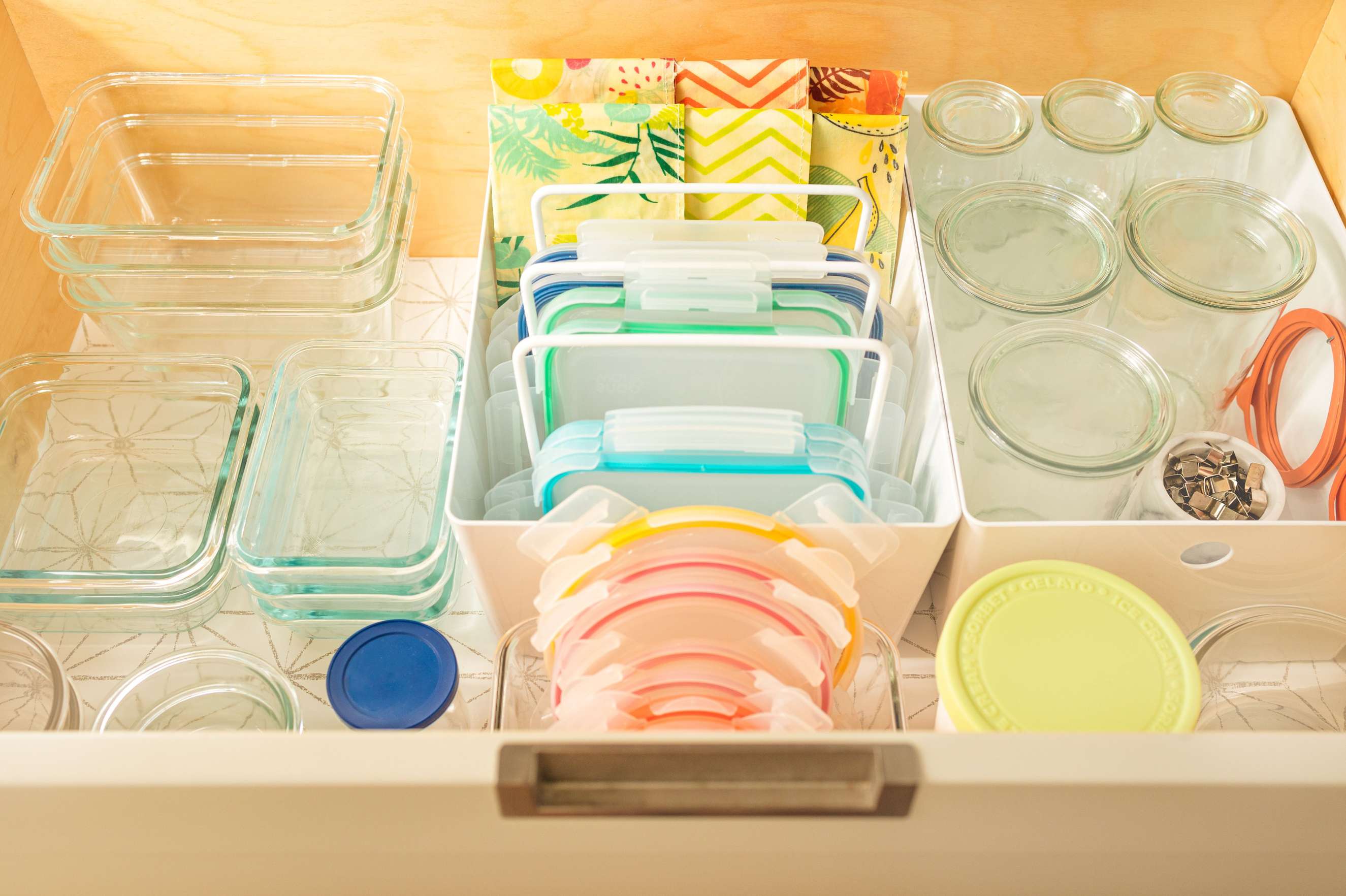
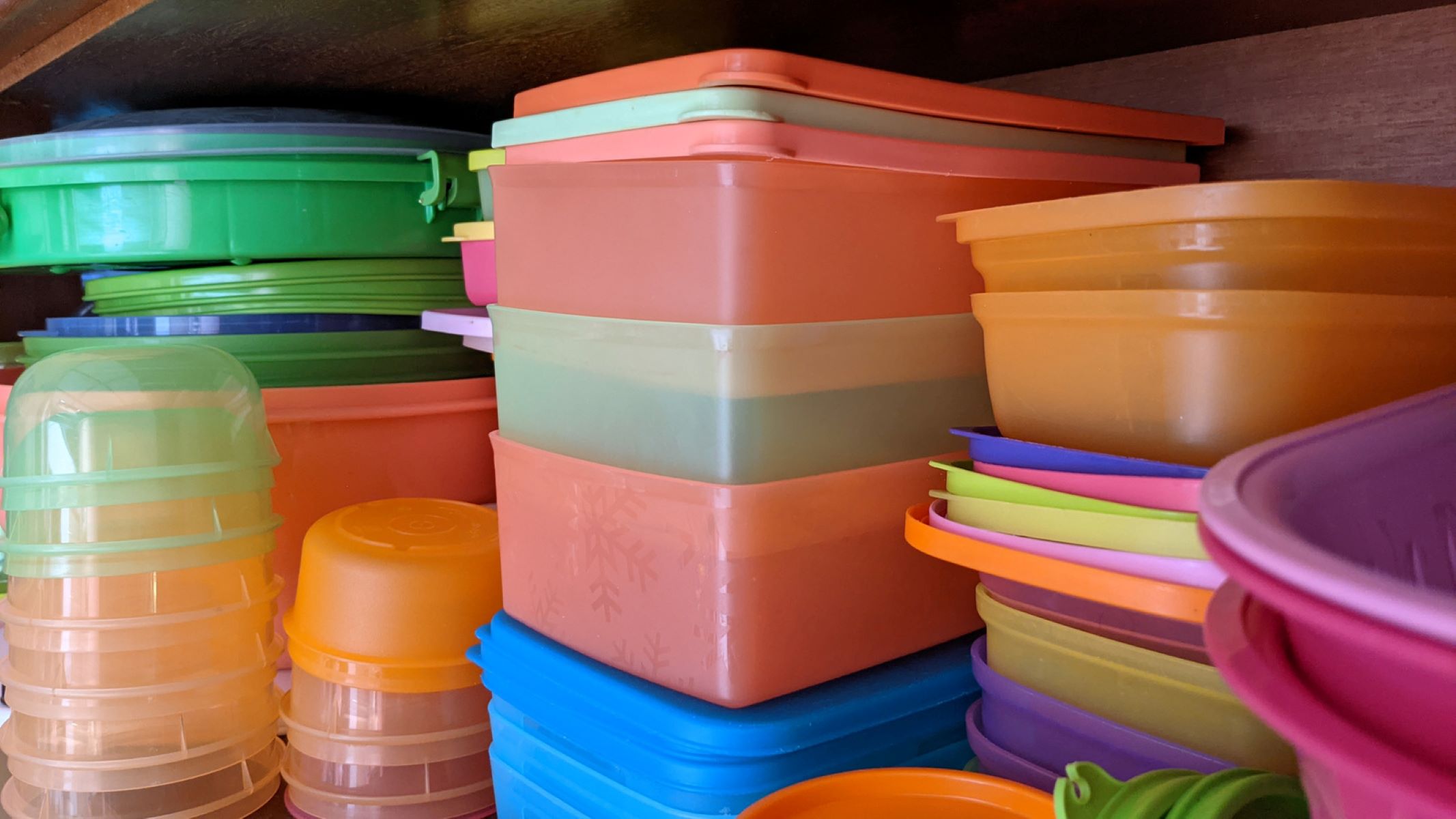
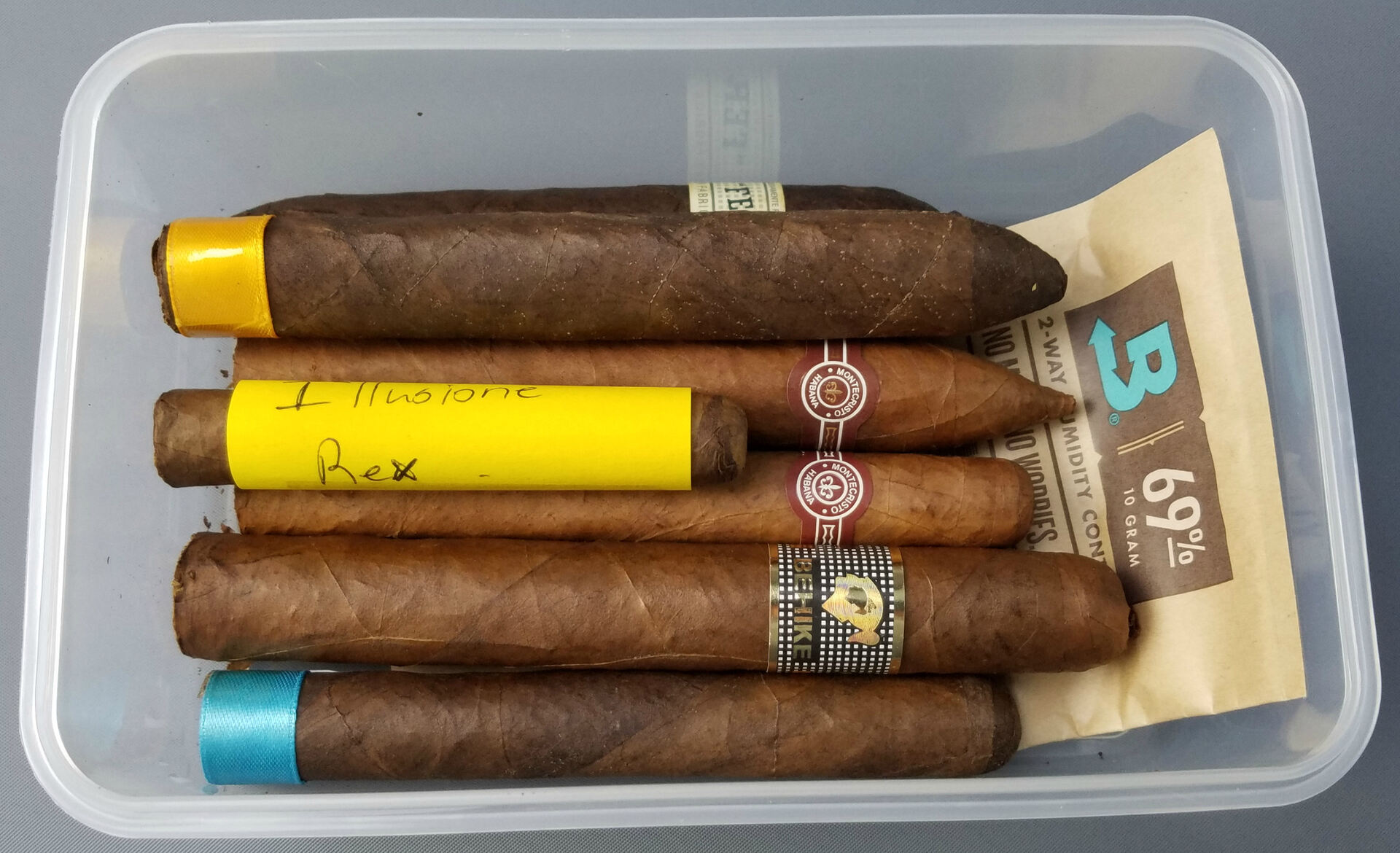
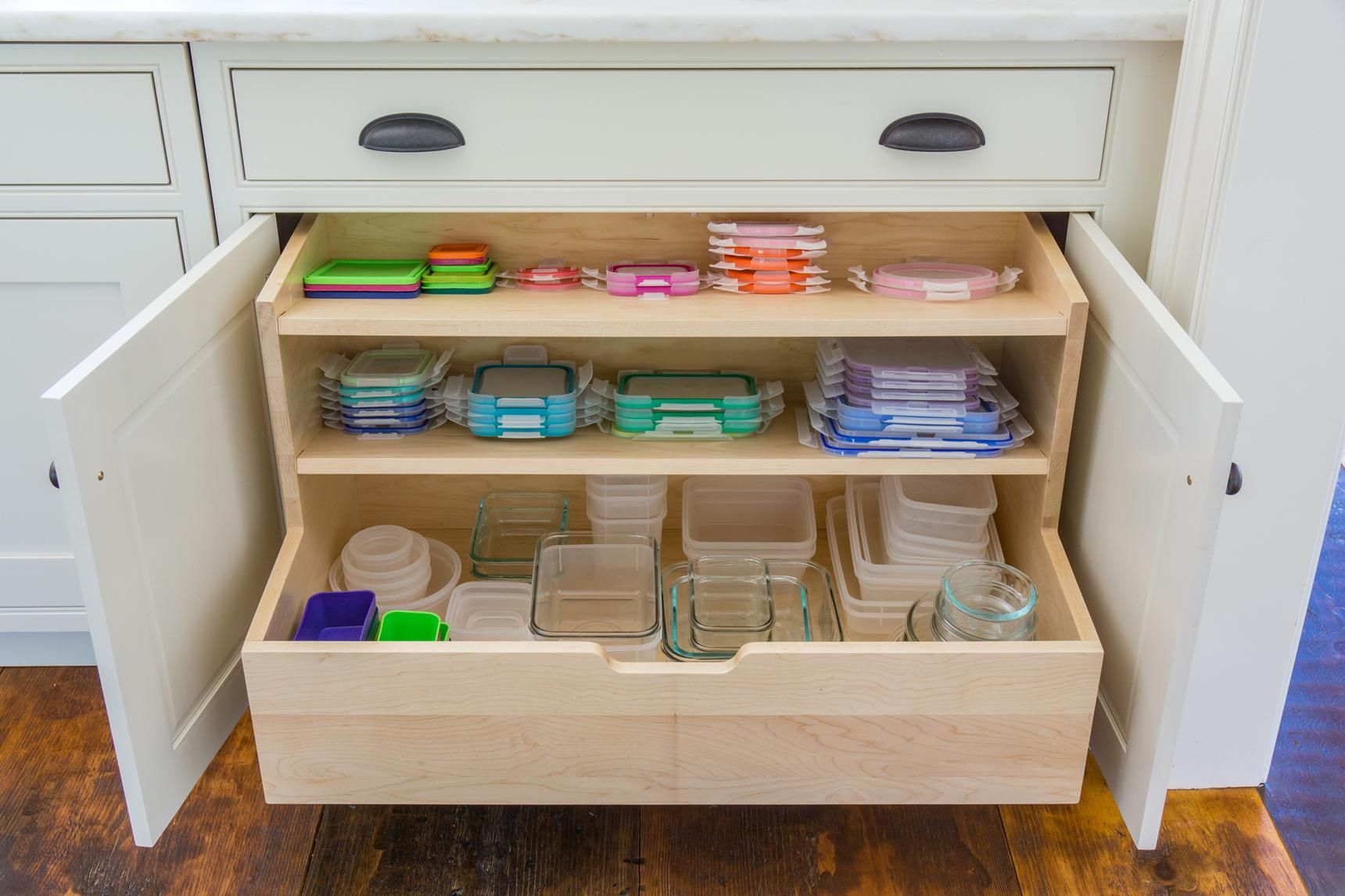
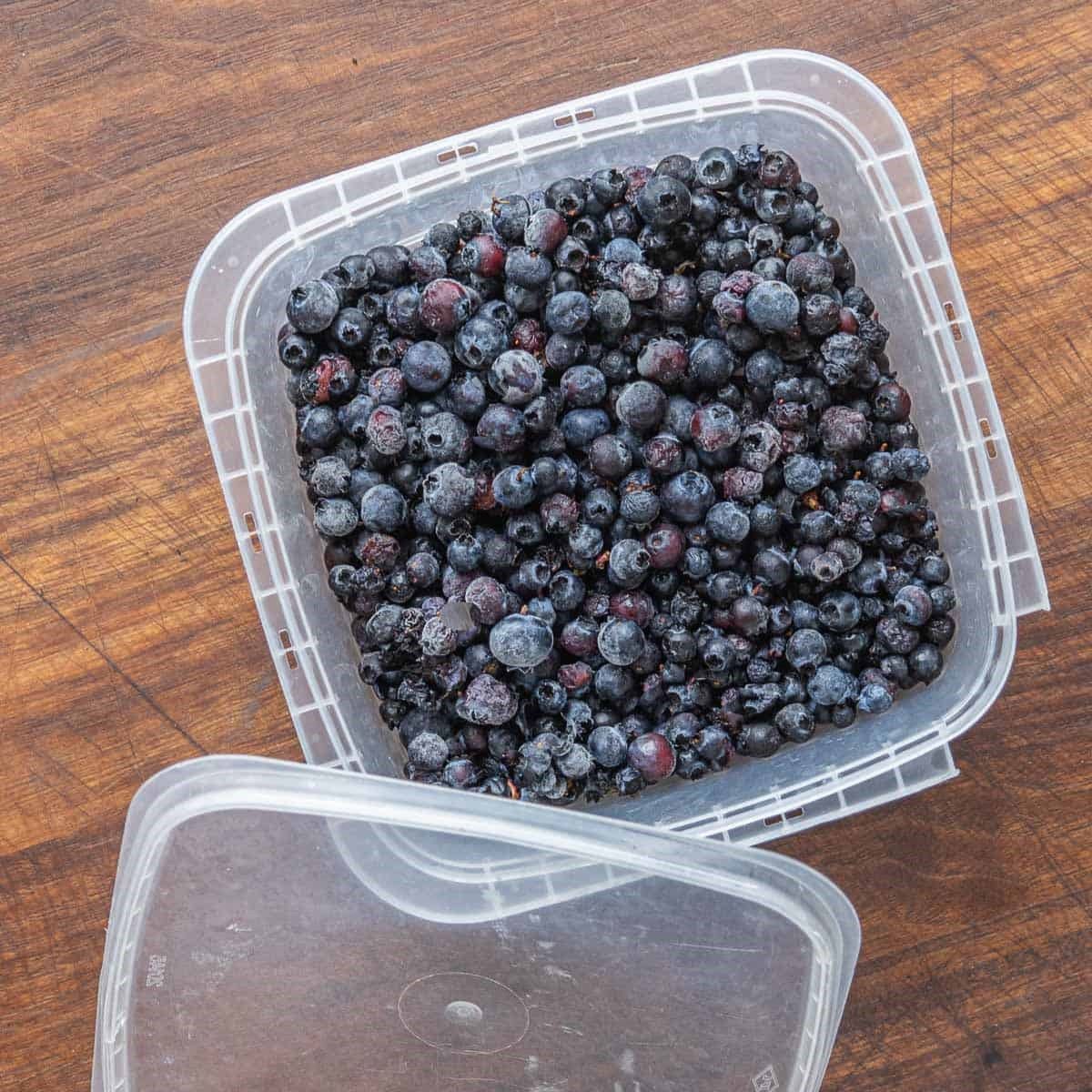

0 thoughts on “How To Store Tupperwares Using Marie Kondo Techniques”